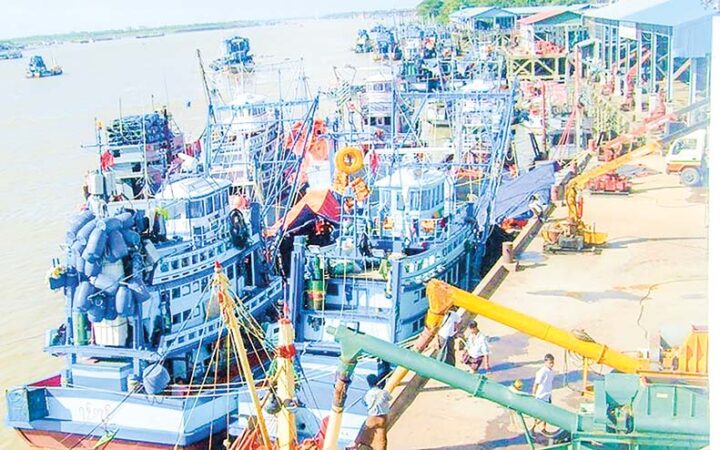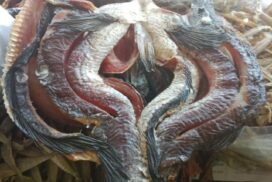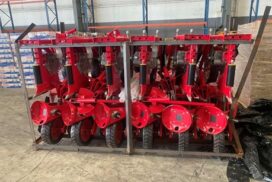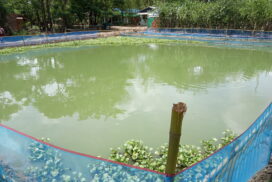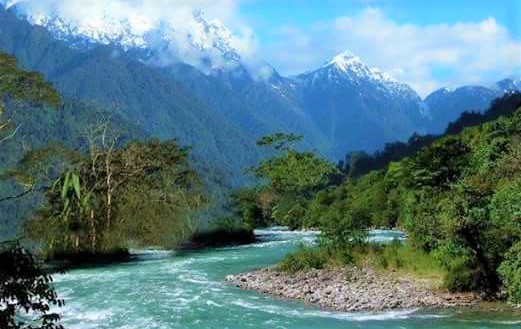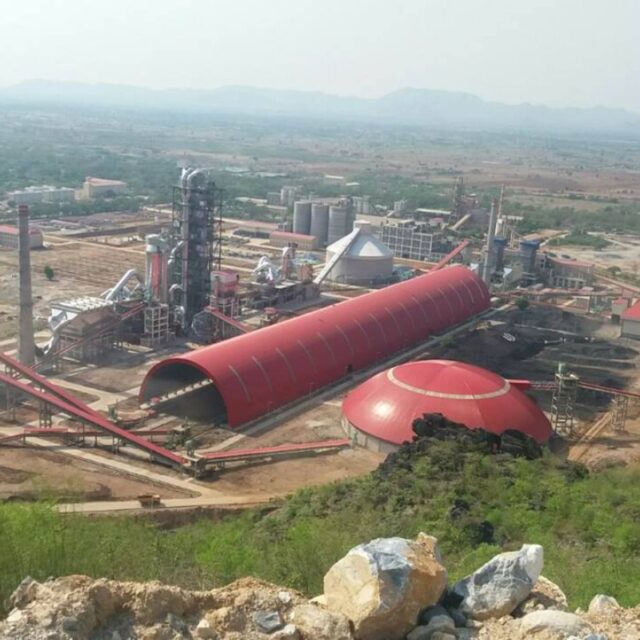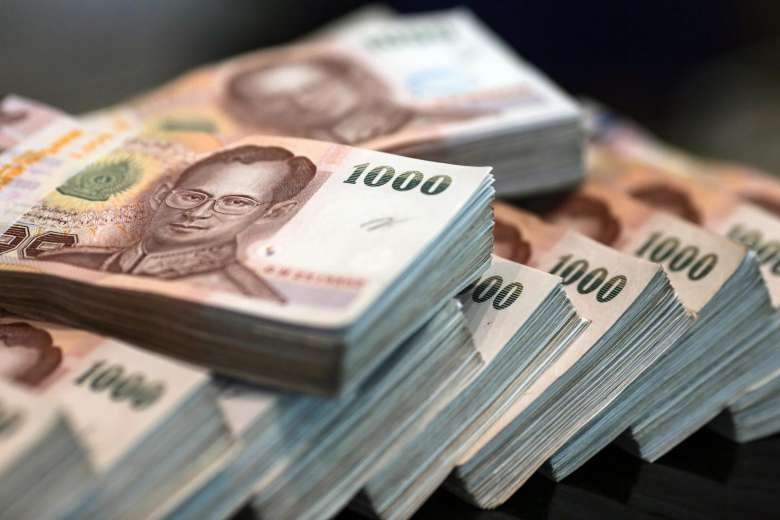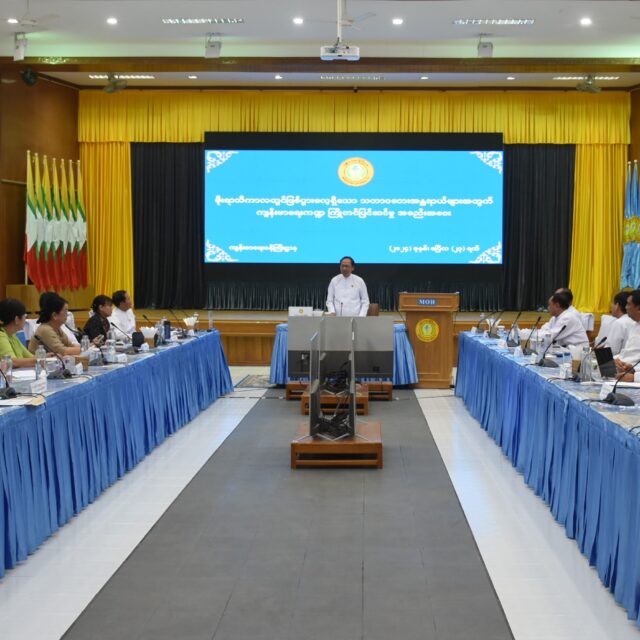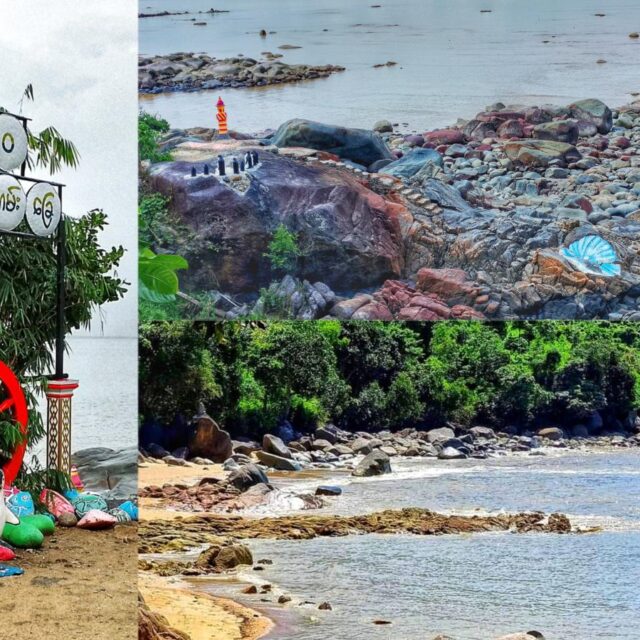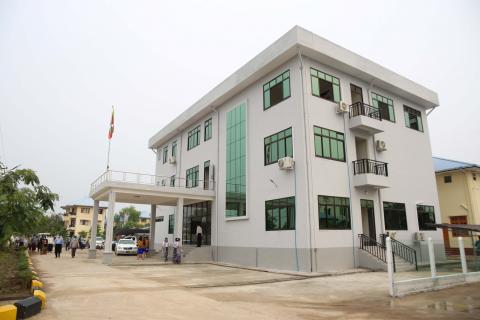There is a remarkable rise in income from fishery exports as Myanmar is rich in fishery resources. Nine jetties in Yangon are crowded with fish trawlers and ships for exports.
Fuel oil price surge is hurting businesses and marine fishing by fish trawlers significantly dropped in the Southeast Asian nations, resulting in low employment for the workers engaged in the fishing industry. Fish catch peaks in August-November in the Myanmar sea. Myanmar’s fisheries industry is overcoming challenges posed by volatile fuel oil prices with domestic consumption and exports to neighbouring countries. Operators of fishing trawlers, workers and cold storage businessmen are doing a roaring trade.
U Maung Maung Soe, chair of the offshore fishing vessel owners’ association, said: “The fishing business has been thriving so far due to the abundance of fish and shrimp resources. They are sent to cold storage for exports beyond local consumption. Fish paste and dried fish can be processed as well. The fish are at peak harvest season in November and December. The fish catch will decline in January. Fishing trawlers from Yangon go fishing in Rakhine State and Ayeyawady coastal regions. Those fishing vessels in the Myeik area, Taninthayi Region experience low fish catch. According to the fish volume in the tender, fish are sent to cold storage for processing. They are distributed to wholesale centres for local consumption. Twenty per cent of fish catch goes to the fish paste and dried fish businesses. As fishing businesses are regularly running, there is no need for concerns over fish supply to local markets and exports to neighbouring countries. A strong market share is required for sustainable development in Myanmar’s fisheries sector.
There are over 3,000 offshore fishing vessels and 10,000 inshore fishing vessels across Yangon, Ayeyawady and Taninthayi regions. About 2,500 fishing trawlers including over 700 offshore trawlers from Yangon Region set off to sea for marine fishing.
Small head ribbon fish and yellow croaker caught from Myanmar sea are primarily exported to China. China constitutes 70 per cent of Myanmar’s fishery export, while local consumption accounts for 10 per cent and 20 per cent goes to the dried fish business. The price of diesel climbed to K560,000-570,000 per barrel so all fishing trawlers cannot run the business in the open season. However, those fishing trawlers operating in Ayeyawady Region and Rakhine State are getting large volumes of fish.
During the current season, fishing trawlers from Yangon and Myeik areas are separately hunting hilsa. The hilsa is shipped to China and Thailand. Then, they are re-exported to third countries by value-adding with the preserved cans. Myanmar is still content with neighbouring markets for the past four decades. If Myanmar can grasp a strong foreign market share beyond the regional countries, offshore fishing trawler operators and cold storage owners are anticipated for that particular day for Myanmar’s fisheries sector. The companies in the neighbouring countries directly export value-added fish products rather than fishing and processing. Local entrepreneurs are endeavouring to manufacture value-added products to meet the market’s demand for a brighter future for Myanmar’s fishery industry.
The State is prioritizing the livestock sector and helping to implement a strong market for fishery product exports and value-adding processes. Upon completion of this market, it will bring about business opportunities for the local fish and shrimp farmers.
During the open season, thousands of fishing trawlers from the Yangon, Myeik and Kawthoung areas are seen along the Myanmar sea. The fish catch is high and traders receive good prices. Thus, nine jetties in Yangon are occupied by fishing trawlers.
Translated
Nine Yangon jetties bustling with activities depending on abundant fish resources
- November 19, 2022
- 523
